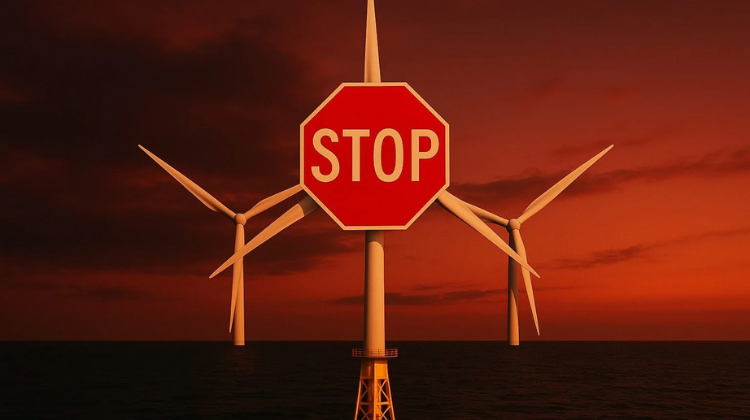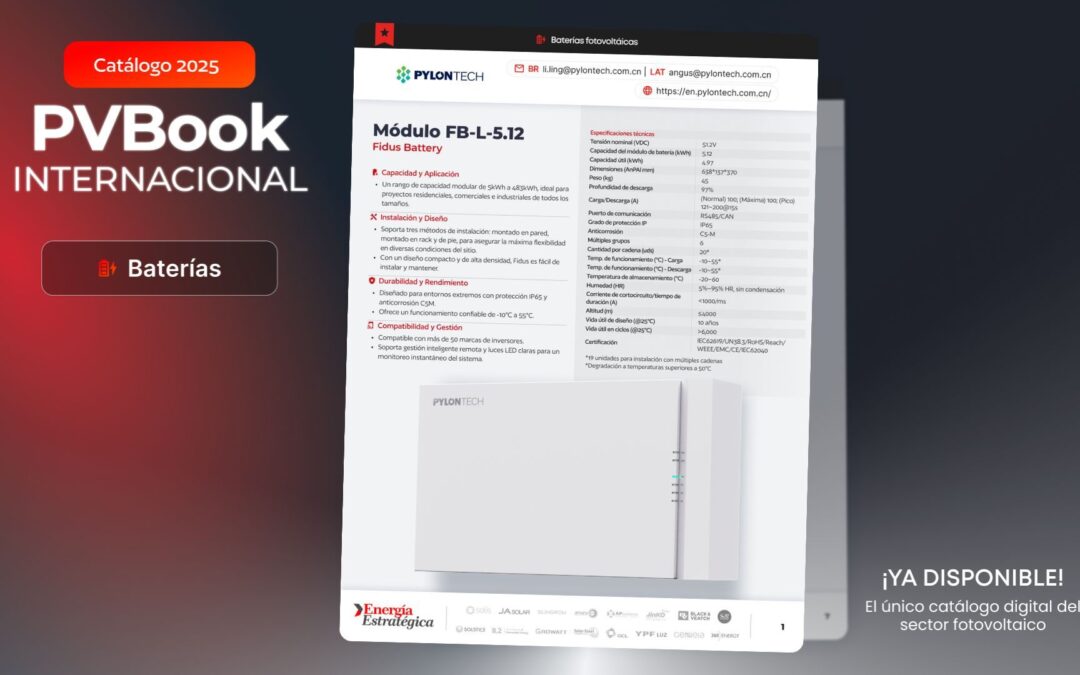The month of September 2025 begins with an administrative boost to the energy transition. Between 1 and 6 September, the BOE published seven resolutions from the Directorate‑General for Environmental Quality and Assessment enabling new projects to progress in their permitting: two environmental impact reports, one environmental impact statement and four simplified environmental assessments.
Taken together, hybridisation and battery storage dominate, key to integrating more renewables, reducing curtailments and optimising grid access and connection. The expansion of storage aligns with the goals of the PNIEC 2023‑2030 and the growing weight of solar PV in national generation.
What was approved in September
In Cáceres, a favourable environmental impact report was issued for the BAT Majada Alta battery storage module, promoted by Iberdrola, to be hybridised with the existing FV Majada Alta PV plant and its grid evacuation infrastructure. This milestone enables the next permitting stage in a region with high solar penetration.
Meanwhile, Burgos adds 30 MW of storage with the BESS HIB PE Iglesias project, promoted by Boreas Energy, to be hybridised with the 70.4 MW Iglesias wind farm and its evacuation facilities. The wind + storage combination enhances dispatchability and smooths resource variability, providing greater system flexibility.
On the generation side, an environmental impact statement (EIS) has been issued for the Capiruza I‑II PV plants, of 49.4 MW and 41.8 MW, promoted by Iberdrola and designed to hybridise with the Capiruza I‑II wind farms of 50 MW and 42 MW, along with associated evacuation. PV‑wind hybridisation maximises the use of grid node capacity and existing evacuation assets.
In addition, simplified environmental assessments were issued for the 19.1 MW FV Hibridación El Valle PV project in Navarra, promoted by Sistemas Energéticos; the Malagón II PV module to be hybridised with the existing Malagón II wind farm in Ciudad Real, promoted by Naturgy; and the Boyal I and II wind repowering projects (each 5 MW) in Zaragoza and Navarra, promoted by Siemens Gamesa Renewable Energy. These pronouncements guide the final design and remaining permitting process.
Market context and signals
At system level, renewables consolidate their leadership. In August 2025, renewable sources supplied 52.4% of generation, and solar PV met around one quarter of demand, ranking as the leading technology for the fourth consecutive month. This trend underscores the need for storage and hybridisation to shift energy to peak hours and avoid curtailments.
The PNIEC 2023‑2030 raises the target for storage capacity to 22.5 GW by 2030, including pumped hydro and batteries. In parallel, grid planning and MITECO environmental guidelines position wind repowering as a way to increase output with a smaller footprint, replacing older turbines with more efficient models.
PV‑wind‑BESS hybrids improve the utilisation factor of grid connections, reduce congestion and provide ancillary services. Projects such as PE Iglesias + BESS (30 MW) or Capiruza I‑II harness the complementary generation profiles of wind and solar, managed through storage, to smooth ramps and limit curtailments during high‑irradiation periods.
In terms of repowering, initiatives such as Boyal I and II (5 MW each) modernise existing wind farms, enhance power curves and reduce impacts by reusing roads and evacuation infrastructure. This approach shortens timelines and reduces grid CAPEX compared with greenfield projects.
Following the environmental pronouncements, developers must complete administrative and construction permits, public utility declarations where applicable, and secure grid access and connection under Royal Decree 1183/2020 and related regulations. The 2021‑2026 grid planning and Redeia transmission projects will be decisive for accommodating new capacity reliably.






























